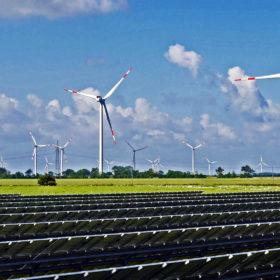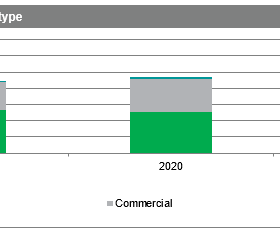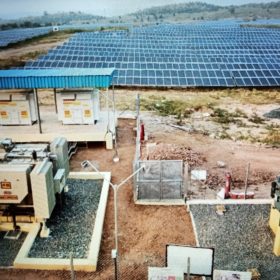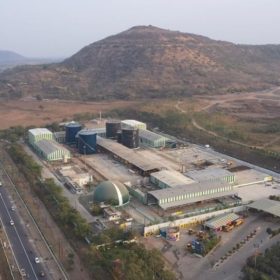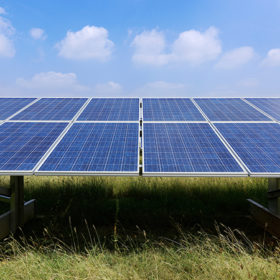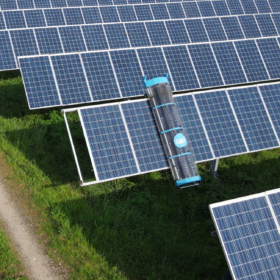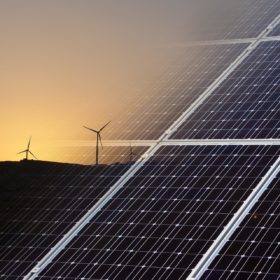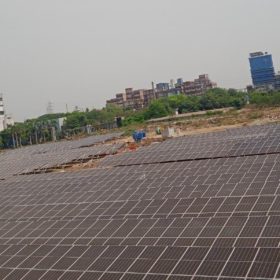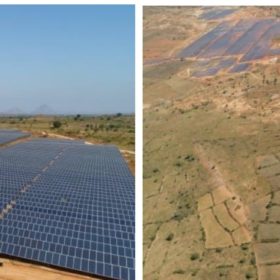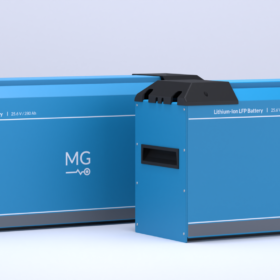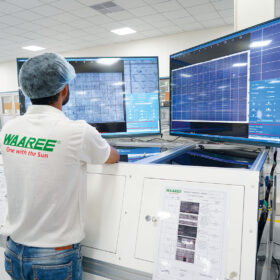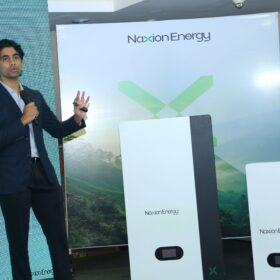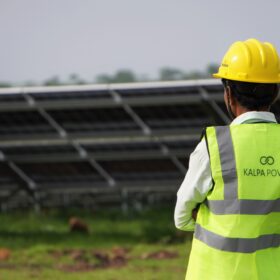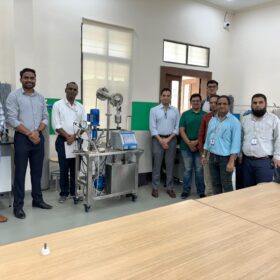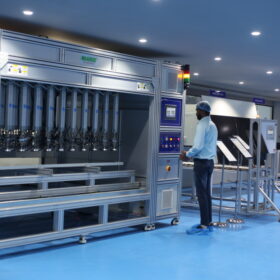Serentica Renewables to install 1.5 GW of hybrid wind, solar
Serentica Renewables plans to install and commission 1.5 GW of solar and wind capacity in 24 months to serve energy-intensive industries in India.
Shipments of module-level power electronics could hit 100 GW by 2026
IHS Markit said it expects the United States, Germany, and the Netherlands to be the top three markets for cumulative shipments of module-level power electronics in the 2022-26 period. Cumulative shipments are set to hit almost 100 GW by 2026.
Hindalco switches on 25 MW solar plant for self-consumption
Hindalco’s Mahan aluminum smelter unit in Madhya Pradesh now hosts a 25 MW solar plant to power its operations.
Solar panels installed on Asia’s largest bio-CNG plant
A bio-CNG plant in Indore, Madhya Pradesh, is saving INR 8 lakh ($10,055) per month on electricity bills with a new 800 kW solar array.
Tata Power to set up 100 MW captive solar plant for Viraj Profile
The plant, to be set up in Nandgaon, Nashik, will provide power to Viraj Profile’s stainless steel manufacturing plant at Tarapur, Maharashtra.
Hydraulic robotic cleaning solutions for ground-mounted solar plants
France’s AX Solar Robot has unveiled two battery-free, hydraulic-powered cleaning solutions for ground-mounted PV plants. It is also distributing a modular battery-powered solution suitable for rooftop installations.
KPI Green ventures into wind-solar project development
Gujarat-based KPI Green Energy is developing a 16.10 MW wind-solar hybrid power plant in Gujarat. It expects the project to go online in March 2023.
Gensol secures 55.8 MWp of solar
Gensol, an Ahmedabad-based solar advisory and EPC services provider, secured 55.8 MWp of ground-mount and rooftop solar projects in August.
O2 Power acquires 55 MW of operational solar assets from Emmvee
The Indian renewable energy producer has acquired 55 MW of operating solar assets from module manufacturer Emmvee. The capacity includes 40 MW of utility-scale PV plants in Karnataka and 15 MW of commercial scale in Telangana.
New battery for residential, commercial applications
Dutch manufacturer MG Energy Systems is offering a new storage system in two versions, with capacities of 5.8 kWh and 7.2 kWh and nominal capacities of 230 Ah and 280 Ah.
